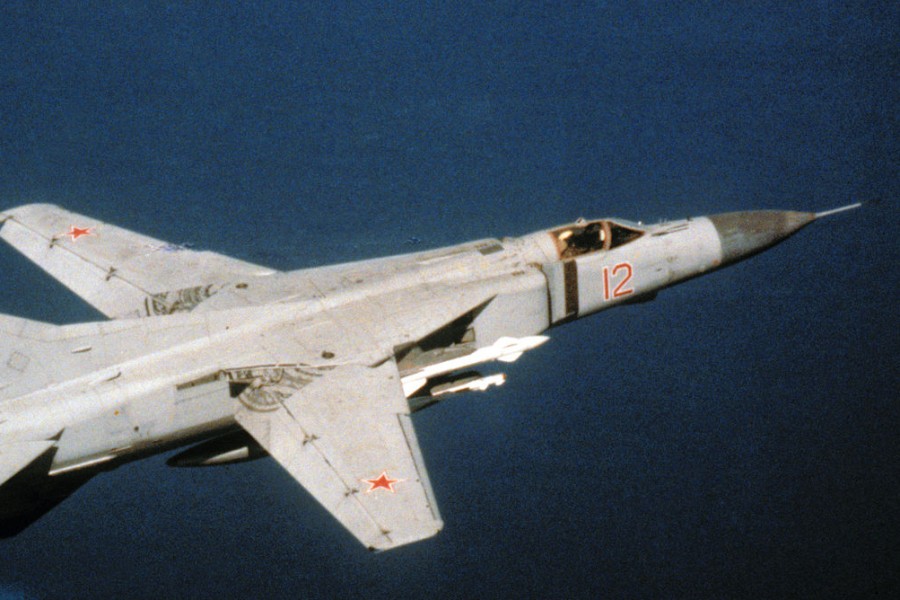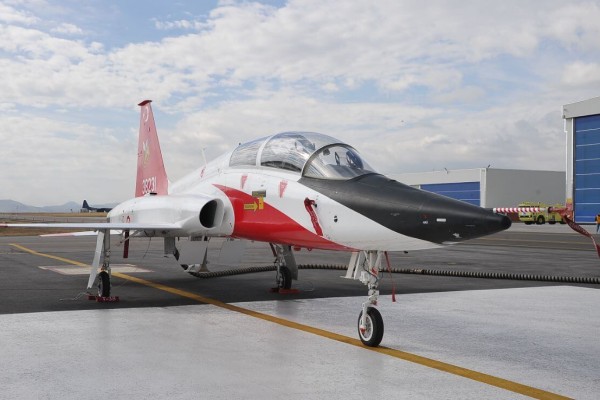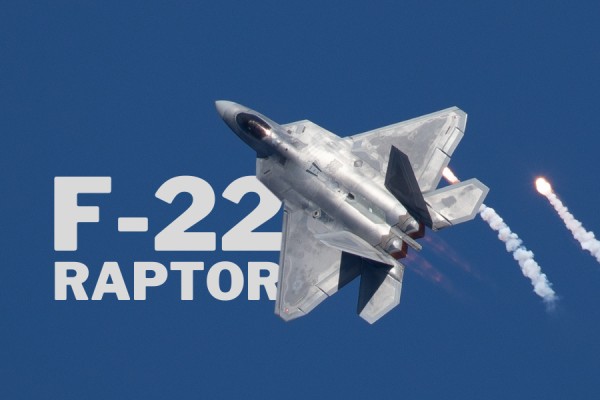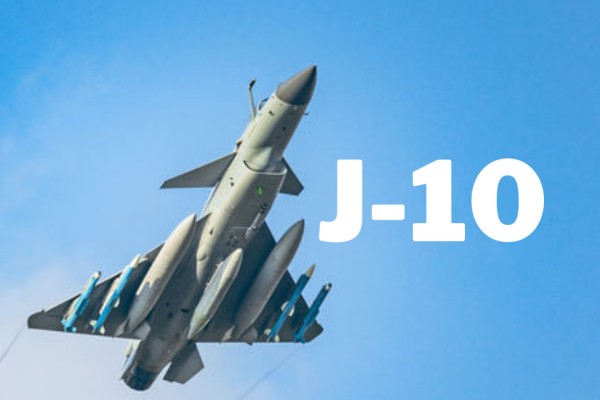- DEFENCE
- 1 year before
MiG-23 Fighter: Legend of the Soviet Union
Read in detail about the characteristics, historical significance and technical data of the MiG-23 fighter aircraft; it was written for aviation enthusiasts.
-

- 1 year before
- Category: DEFENCE

General Characteristics of the MiG-23 Fighter
The MiG-23 is a fighter aircraft model developed by the Soviet Union and codenamed 'Flogger' by NATO. This is mainly due to the fact that it is designed in accordance with the requirements of modern warfare. Its variable wing geometry is one of the most important features that make the MiG-23 stand out. This feature offers both balanced flight capability at high speeds and improves take-off and landing performance at low speeds. This jet fighter, which began production in 1970, was heavily used, especially during the Cold War.The MiG-23, which made its first flight in 1967, soon entered the inventory of the air forces of many countries, as well as the Soviet Union. Mostly used in air superiority missions, this aircraft also has the capability to attack ground targets. In addition, it is effective in hunting remote targets with R-23R and R-23T missiles.
Avionics and Weapon Systems
The heart of the avionics of the MiG-23 is the Sapfir radar system. This radar increases the ability of the aircraft to detect and track targets, enabling it to be effective over longer distances and in harsh weather conditions. Capable of carrying air-to-air and air-to-ground missiles and a wide range of bombs, the MiG-23 was designed as a multi-mission fighter aircraft. Missiles used include short- and medium-range R-60, R-13M missiles and air-to-ground missiles used in air-to-air missions.Use and Historical Significance of the MiG-23
The MiG-23 is an aircraft that has been actively used in many conflicts. In the Middle East, it was used by the Syrian and Iraqi air forces, and in Asia in countries such as India. It has also participated in operations on the African continent by countries such as Libya and Ethiopia. This wide range of uses suggests that the MiG-23 is an aircraft capable of being effective in different geographical and climatic conditions. During the Cold War period, it is considered one of the most important platforms on which Western and Soviet technology faced.Technical Data and Performance
The MiG-23 is an aircraft with a fairly good speed capacity. Its maximum speed can reach about 2, 500 kilometers per hour, while its service ceiling is 18, 500 meters. These characteristics make the aircraft highly capable in terms of being able to reach the enemy in a short time and perform the necessary maneuvers. The maximum take-off weight of the aircraft can be up to about 18,800 kilograms. In addition, it has the advantage of being able to take off quickly even from short runways due to the fact that it has a first-class thrust. However, the maintenance and operational costs of such complex systems can be quite high, so many countries have turned to more modern and economical alternatives over time. Below you can find a table with some technical data of the MiG-23 fighter aircraft:| Feature | |
|---|---|
| Value | |
| Flight Start Date | |
| 1967 | |
| Number of Production | More than 5,000 |
| Max Speed | 2,500 km/h |
| Service Ceiling | 18,500 metres |
| Max Take-Off Weight |

MiG-23 savaş uçağının öne çıkan özelliği nedir?
MiG-23'ün en önemli özelliği, değişken geometrili kanat yapısına sahip olmasıdır. Bu sayede hem yüksek hızlarda hem de düşük hızlarda etkili performans gösterebilmektedir.
MiG-23 hangi silah sistemlerini taşıyabilir?
MiG-23, Sapfir radar sistemine dayanarak hava-hava ve hava-yere füzeleri taşıyabilir. R-60 ve R-13M gibi kısa ve orta menzilli hava-hava füzeleri ile birlikte çeşitli bomba tipleri de bu uçağın silah yelpazesindedir.
MiG-23 nerede ve ne zaman kullanılmıştır?
MiG-23, soğuk savaş döneminde ve sonrasında Ortadoğu, Asya ve Afrika'da pek çok ülkenin hava kuvvetleri tarafından aktif olarak kullanılmıştır. 1967 yılında ilk uçuşunu yaparak hizmete girmiştir.




